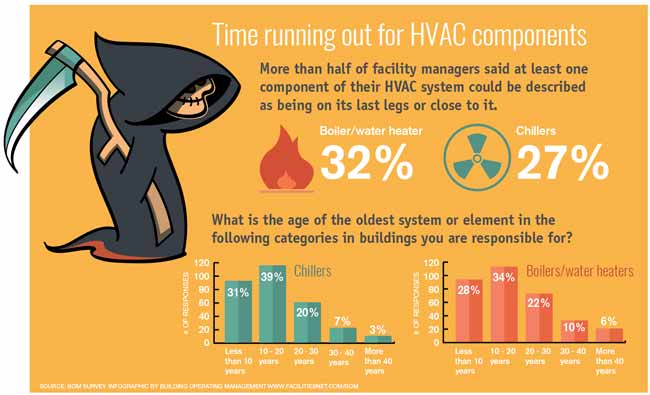Learn How To Optimize The Effectiveness And Lifespan Of Your Heat Pump System By Avoiding Typical Setup Mistakes
Learn How To Optimize The Effectiveness And Lifespan Of Your Heat Pump System By Avoiding Typical Setup Mistakes
Blog Article
Short Article Developed By-Dowling Carson
When installing a heatpump, you should stay away from usual mistakes that might endanger its effectiveness. Overlooking proper sizing might bring about inadequacies and higher utility expenses. Overlooking insulation and securing can result in power waste and strain on the device. Furthermore, positioning the outside system improperly may influence its efficiency. By preventing these errors, you can make sure ideal operating and toughness of your heatpump system.
Improper Sizing of Heat Pump
When it involves the setup of heat pumps, among the most usual mistakes is improperly sizing the system for your area. Making sure navigate to this web-site is crucial for optimal performance. If the heat pump is as well small, it will have a hard time to warm or cool your room successfully, causing boosted energy costs and prospective damage on the system.
On the other hand, if the heatpump is also large, it will certainly cycle on and off often, triggering temperature variations and minimizing its life expectancy.
To avoid this error, it's vital to have an expert assess your area and recommend the proper size of the heat pump based on aspects like square video footage, insulation, ceiling elevation, and neighborhood environment. By spending the time and effort to guarantee the right sizing, you can appreciate a comfy setting while taking full advantage of energy effectiveness and prolonging the life-span of your heatpump.
Inadequate Insulation and Sealing
To guarantee the effective procedure of your heatpump, it's important to resolve inadequate insulation and sealing in your area. Appropriate insulation helps maintain a regular temperature level inside your home, reducing the work on your heatpump. Poor insulation can bring about energy loss, making your heat pump job harder and less efficiently.
Securing any type of spaces or leaks in your area is equally important. These voids enable conditioned air to get away and exterior air to permeate in, forcing your heatpump to compensate for the temperature level changes.
Incorrect Positioning of Outdoor Unit
Attending to the placement of your heat pump's outdoor device is key to maximizing its performance. Installing the outdoor system in a wrong place can lead to effectiveness issues and potential damage to the system.
One usual blunder to prevent is putting the outdoor unit too near a wall surface or various other frameworks. This can restrict airflow, creating the system to function harder to warm or cool your space, inevitably lowering its efficiency and life-span.
Another mistake to avoid is putting the outside system in straight sunshine. While some sunshine is inescapable, extreme exposure can cause overheating, especially during hot summer days. https://www.realtor.com/advice/home-improvement/air-conditioner-maintenance-tips/ to position the outside device in a shaded area to aid preserve its optimum operating temperature.
Additionally, ensure that the outside unit is placed on a secure and degree surface. https://lukasrlgav.blogtov.com/11571485/checking-out-climate-s-function-in-heat-pump-efficiency-and-recommendations-for-optimization can create resonances and unnecessary stress on the device, impacting its efficiency gradually.
Final thought
Finally, staying clear of common blunders during heatpump setup is important for optimizing efficiency and durability of your system. By making certain proper sizing, appropriate insulation, sealing, and right placement of the exterior unit, you can stop problems such as ineffectiveness, raised power expenses, and strain on the system. Taking the time to attend to these vital factors will inevitably conserve you time and money in the long run.
